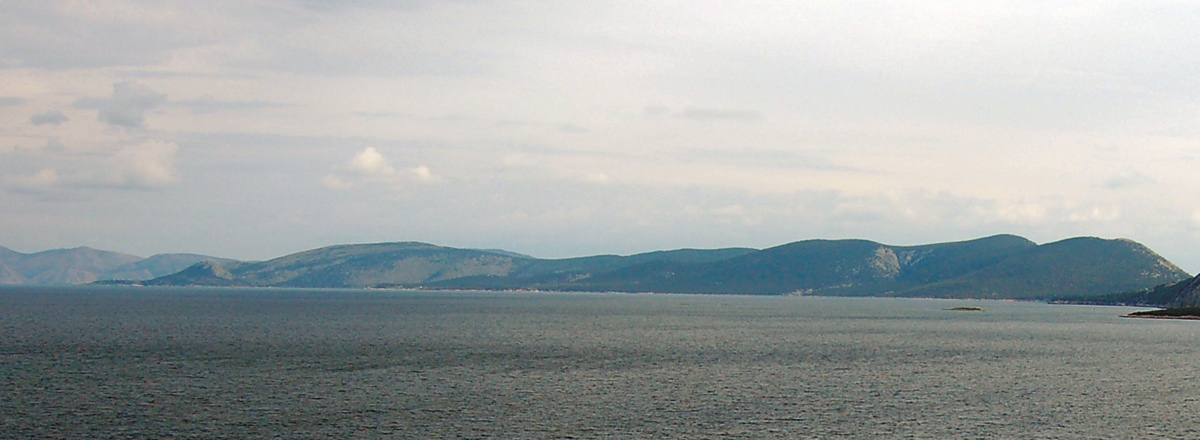
The island of Dokós has been uninhabited since the Byzantine Era, however in the ancient times there was a naval station and a settlement on the island, dating probably from 2500 BC., as the geographical location of the island is important to the commercial marine routes between the Argolic and the Saronic Gulf.
Excavations on the cape of Komméni Mýti, the NE tip of Skíntos bay, have brought to light the existence of a settlement dating from the Mycenean Era (1300 – 1200 BC.). Last, there are ruins of a Byzantine castle and a basilica church on top of the hill overlooking the bay of Skíntos.
In 1975, the American archaeologist Peter Throckmorton dived in the cape of Komméni Mýti and at depths between 25 – 30m he discovered the most ancient shipwreck in the world: a merchant ship of the 2nd Early Helladic Period (2200 – 2300 BC.), with its cargo almost intact. The ship itself was not to be found as wood does not survive underwater for 4300 years (!), but the cargo of vases, plates and generally items of everyday use, as well as tools, remnants from the ship’s equipment and two stone anchors, roughly built with a stone tool and a hole for the use of rope, were salvaged. Archaeologists believe that the ship did not manage to leave its port, when an exceptionally strong western wind hit it.
The bay of Skíntos is the only natural harbour of Dokós and was used by the sailors of Ýdra during the Hellenic Revolution of 1821. Entrance in the bay was prohibited up until 2017, as archaeologists were still working in the area.



